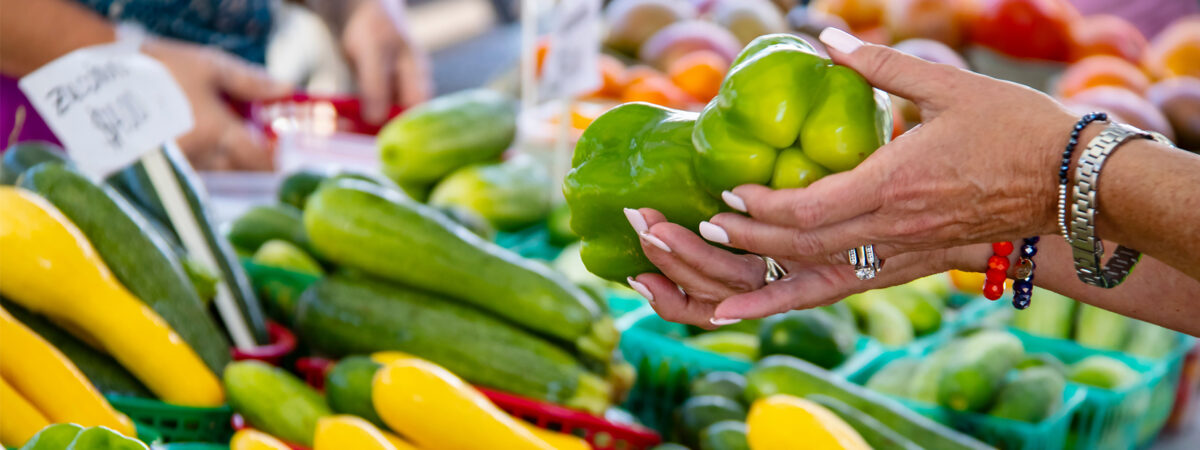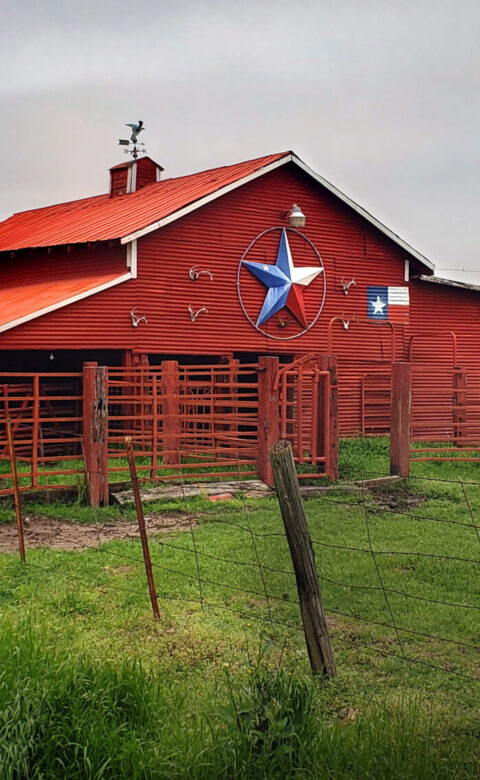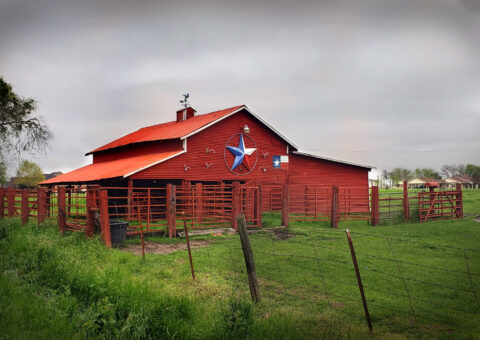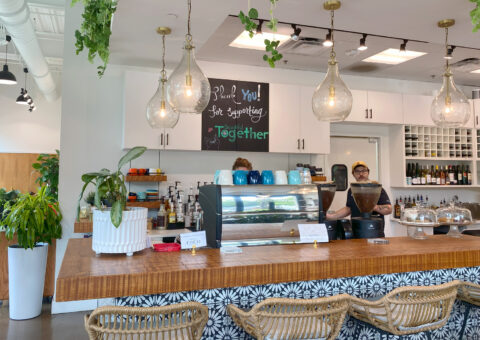It’s late July at the weekly market, and I beeline for the family-owned orchard’s stand selling tart cherries, $7 for a small basket.
I’m far from superstitious yet I follow this rule every Saturday this time of year at my local farmers’ market in Milwaukee, Wisconsin. I would never forgive myself if I ambled around the market first — and missed out on those cherries, because they sell out fast. They’re harvested from a spot four hours north, in Door County, a slender peninsula shouldered by Green Bay and Lake Michigan.

In a densely populated US city like Milwaukee, where I live, farming is non-existent. The farmers must come to us. And they do, at this market every Saturday morning, hugging the Lake Michigan shoreline in a county-owned park shaded by mature trees.
To get to the cherry tent, I — gently — nudge past the 25 or so people waiting in line for Belgian liege-style waffles served out of a mint-green retrofitted camping trailer. The line includes a few belly dancers on break from their market performance schedule that day.
The perfume of floral bouquets — likely plucked from the fields that morning or the night before, making them fresher than at any store in town — slows my pace, whether sunflower bunches or a garden variety. At this particular market, many of the flower farmers are Hmong families who also harvest and sell farm-grown vegetables.

In the United States, Wisconsin ranks second only to California in the number of organic farms. This is pretty incredible considering the short growing season, but also speaks volumes about what can be done when locals support markets, as well as the chefs who frequent them to inspire their restaurant menus.
Land is less expensive than in other states, and institutions like the University of Wisconsin provide training and host workshops in farming, cultivating a micro-culture of agritourism that goes above and beyond cheese, the product Wisconsin is most aligned with. Farmers here are a far cry from what’s in Regionalist painter Grant Wood’s famed American Gothic — with its pale, stern-looking pair as depicted by the artist from neighbouring Iowa — but instead are vibrant and diverse.

Most Wisconsin markets are between May and November, with seasonal selections changing in perfect pitch with the weather. In June there are dragon’s-tongue beans, for example; followed by knobby, imperfect and juicy tomatoes in August; and heirloom varieties of apples in September, before squash arrives in October.
There’s also a collection of ethnic bakeries and preserved-food vendors, from a Mexican bakery’s sugar-dusted churros, homemade tortilla chips and tamales with “heat” (chilli peppers) to a Serbian bakery selling baklava. Crepes flipping at a fast pace in one tent smell like buttery pancakes while the smoky scent of brats on the grill — these German-style pork sausages are a Wisconsin staple — mingles with the lake breeze.

“Here, try a sample,” coaxes the operator of another tent, holding out a small spoon cradling a dollop of ice cream. The booze-spiked flavours are sold by the pint. I marvel at how the essence of Wisconsin’s most popular cocktail — an Old Fashioned, also reportedly invented in the state — rings true in its namesake frozen dessert form.
Naturally, cheese is woven into the mix whenever possible, including cheese spreads at the Serbian vendor (run by a restaurant I could walk to from here) and the cheddar combined with a fried egg, olive tapenade and sriracha mayo in a café vendor’s breakfast sandwich on sourdough bread (about as popular and sought-after as those cherries).

Speaking of cherries, flushed with success and now armed with my bagful of them, I’m marvelling at the reedy, high-pitched music stemming from an accordion player who is well under 40 (an old soul?), when someone calls my name.
Markets are the outdoor community centres of the Midwest during these warmer months. It’s a golden time when we shed the sweaters and heavy outerwear that we resort to all too often in favour of shorts and sandals, and bask in the sun. And as I catch up with a friend, I’m reminded of this radiating warmth, as we compare not only our respective market finds but what we are up to for the rest of this Wisconsin summer.









